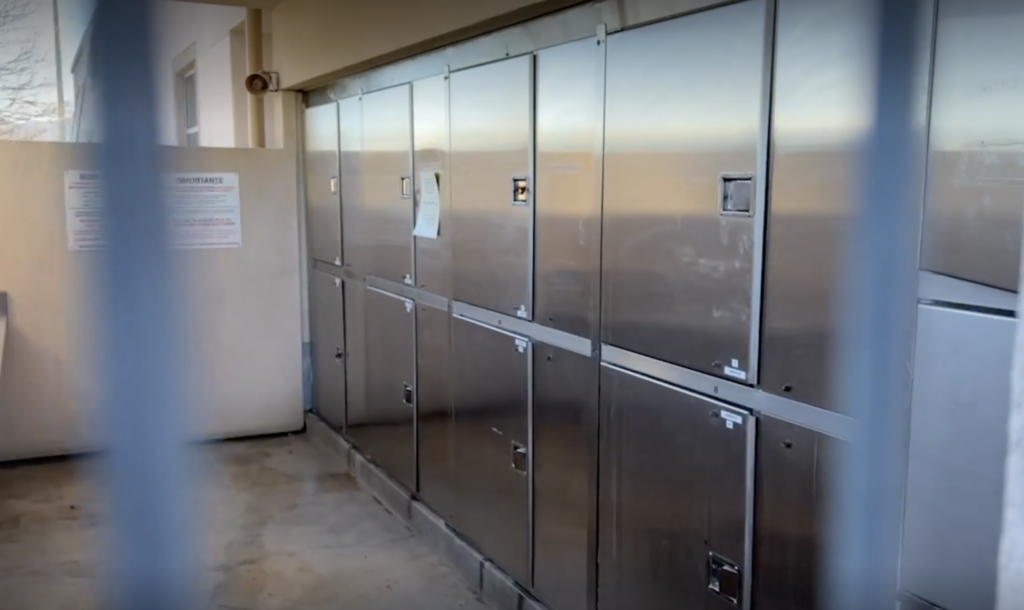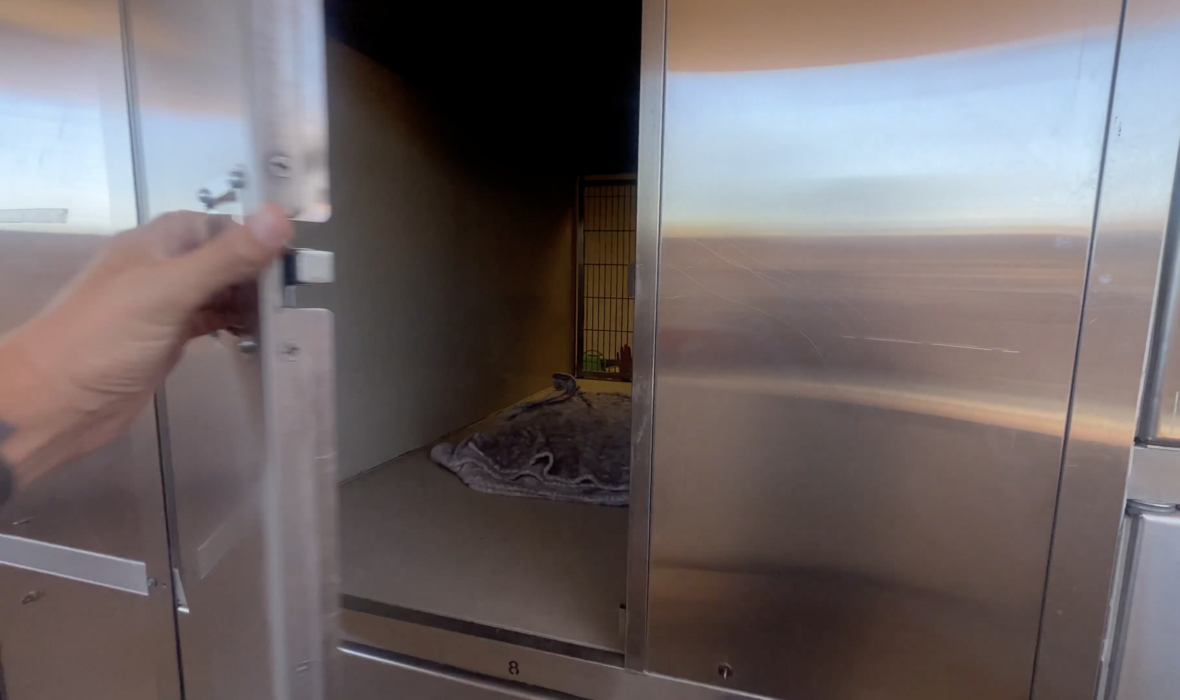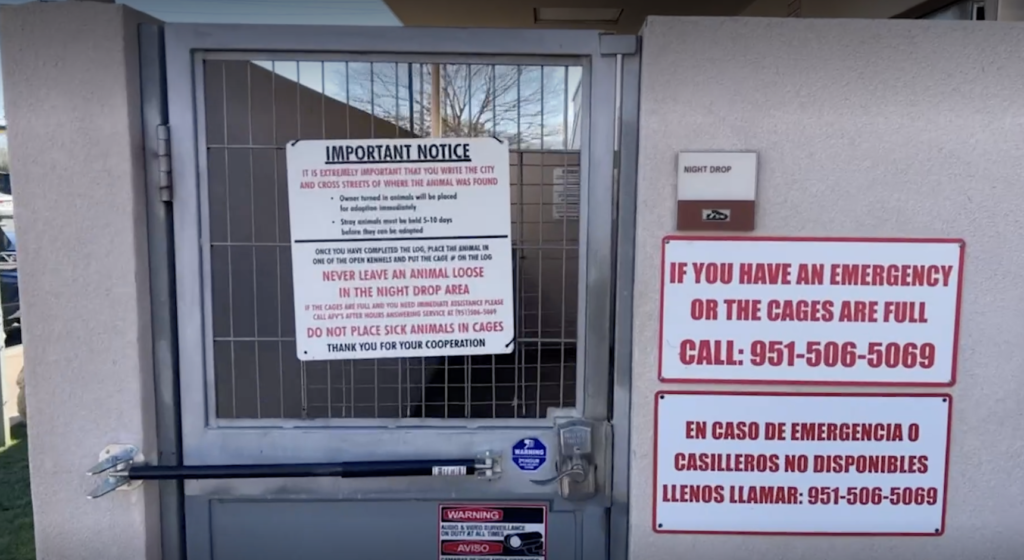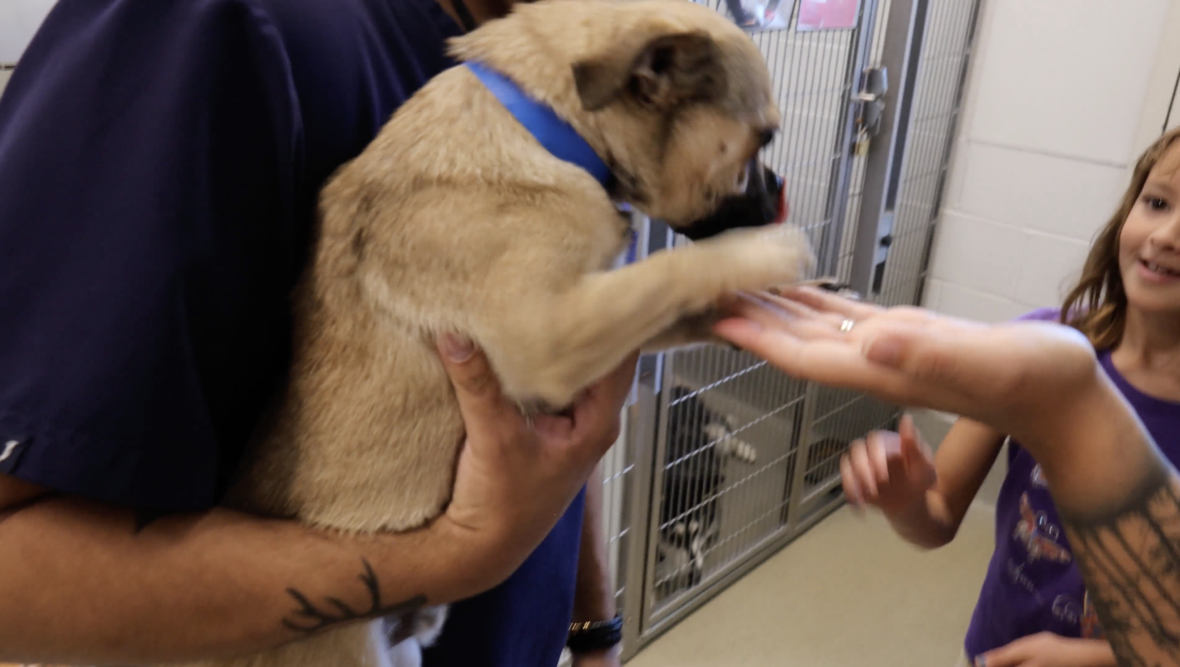What You Need to Know About Animal Shelter Night Drops
If you have ever found a stray or unwanted pet and wondered what to do with it, you may have considered taking it to an animal shelter. But what if the shelter is closed or you can’t wait until the next day? That’s where animal shelter night drop off facilities come in.

An animal shelter night drop is a designated area at an animal shelter where people can bring in pets outside of regular business hours. The purpose of an after hours night drop is to provide a safe and secure location for animals to be surrendered when the shelter is closed. The idea of a night drop is not new. Some shelters have been using them for decades as a way to prevent people from abandoning their pets outside, chaining them to gates or tossing them over fences.

However, not all shelters have night drops, and not all animal shelter night drops are created equal. There are no regulations or enforceable standards for night drops, so they operate differently depending on the shelter. Some are only open at night, while others accept animals throughout the day. Some have locking kennels that prevent more than one animal from being left inside, while others allow cats and dogs to be left in cages together. Some have forms for people to fill out with information about the animals, while others don’t.
The pros and cons of night drop offs

Night drops can have some benefits for both animals and people. For animals, they can offer a safer alternative than being left on the streets, where they could face hunger, disease, injury or predators. For people, they can offer a convenient and anonymous way to surrender their pets without having to face judgment or fees.
Some of the common problems with night drops are:
| They can expose animals to extreme temperatures, weather conditions, noise and darkness. Imagine if it’s freezing outside or very hot. |
| They can allow animals to escape, get stolen or be harmed by other animals or people. |
| They can increase the chances of disease transmission among animals or between animals and humans. |
| They can prevent shelters from collecting important information about the animals’ health, behavior and history. |
| They can overwhelm shelters with more animals than they can handle or afford. |
If the owner doesn’t leave any information the shelter does not know if an animal is unwanted or a stray so the facility will hold the dog for for 72 hours before adopting it out in case an owner claims it.
Another issue is that some people may use after hour drop-off kennels to avoid paying the fees associated with giving up a pet.
What are the alternatives to night drop off facilities at animal shelters
Many animal welfare experts and advocates oppose the use of night drops and recommend other options for people who need to surrender their pets. Some of these options are:
| Contacting the shelter during regular business hours and making an appointment to bring in the pet. |
| Finding a foster home or a rescue group that can take in the pet temporarily or permanently. |
| Rehoming the pet through online platforms, social media or word-of-mouth. |
| Seeking help from veterinarians, trainers, behaviorists or counselors to address any medical or behavioral issues with the pet. |
| Exploring low-cost or free resources for spaying/neutering, vaccinating, microchipping or feeding the pet. |
How common are night drops?
It is hard to estimate how common night drops are in the United States, as there is no official data on how many shelters have them or how many animals are dropped off in them. However, some anecdotal evidence suggests that they are not very widespread and that they are declining in popularity.

According to Treehugger, only about 7% of shelters surveyed by the Association of Shelter Veterinarians in 2010 had night drops. In 2017, The Humane Society of the United States reported that only 10% of its 270 partner shelters had night drops. Many shelters that used to have night drops have discontinued them due to public outcry, legal challenges or operational difficulties.
Some examples of shelters that have removed their night drops are:
- The Humane Society of Elkhart County in Indiana, which eliminated its nine night drops in 2010 after receiving criticism from animal lovers and activists.
- The Palm Beach County animal shelter in Florida, which closed its night drop-off in 2010 after discovering that some people were stealing kittens and puppies from it.
- The Riverside County Department of Animal Services in California, which stopped accepting animals after hours in 2019 due to budget cuts and staffing shortages.
FAQs about night drops
Here are some frequently asked questions about night drops and their answers:
Are night drops legal?
It depends on the state and local laws. Some states have laws that prohibit or regulate the use of night drops, while others don’t. Some local jurisdictions have ordinances that ban or restrict the use of night drops, while others don’t. It is advisable to check with your local shelter or animal control agency before using a night drop.
Are night drops humane?
It depends on how they are designed, maintained and monitored. Some night drops may be more humane than others, but none of them can provide the same level of care and comfort as a human staff member. However, it is better than abandoning a pet in a field or street.
Are night drops free?
It depends on the shelter. Some shelters may charge a fee for using a night drop, while others may not. Some shelters may waive the fee for certain circumstances, such as emergencies or hardship cases, while others may not. It is advisable to check with your local shelter or animal control agency before using a night drop.
What should I do if I need to surrender my pet and there is no night drop available?
If you need to surrender your pet and there is no night drop available, you should try to find another option that is safer and more humane for your pet. You should contact your local shelter or animal control agency and ask for their advice and assistance. You should also explore other resources that may help you keep or rehome your pet, such as foster homes, rescue groups, online platforms, social media, word-of-mouth, veterinarians, trainers, behaviorists or counselors.
Related Posts
- A Record Number Of Dogs Are Being Surrendered. Here’s Why.
- What Military Members Can Do with Their Dogs When They’re Deployed
- Lady Faces Scrutiny When She Rehomes Her Dog. But There’s An Unexpected Outcome
- Cute Chihuahua put in shelter night drop ???? she was hopeless until this happened…????




